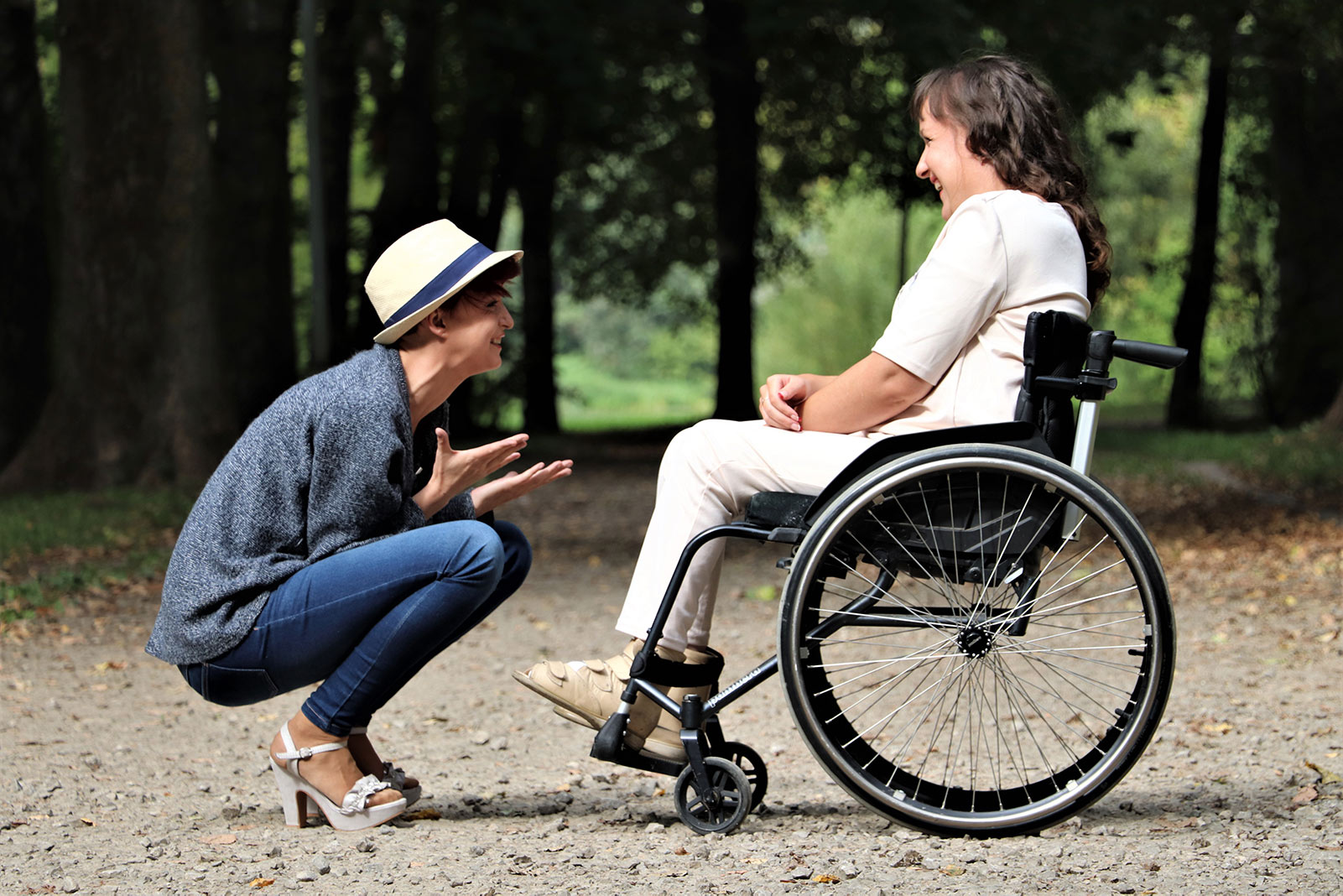Physical makeup can affect the ways a person can move. Some people move fluidly, such as trained athletes and dancers. Some people effortlessly glide because they have mastered using their wheelchairs. Others are severely hindered by a physical condition, so their movements are slower and require a great deal of concentration to complete. Consider how people walk. Some people shuffle when they walk. Others stand upright and walk with speed and precision. People can be judged based on how they move, including their posture. Whether intended or not, “body language” and gestures communicate messages that receivers use to make conclusions about others.
